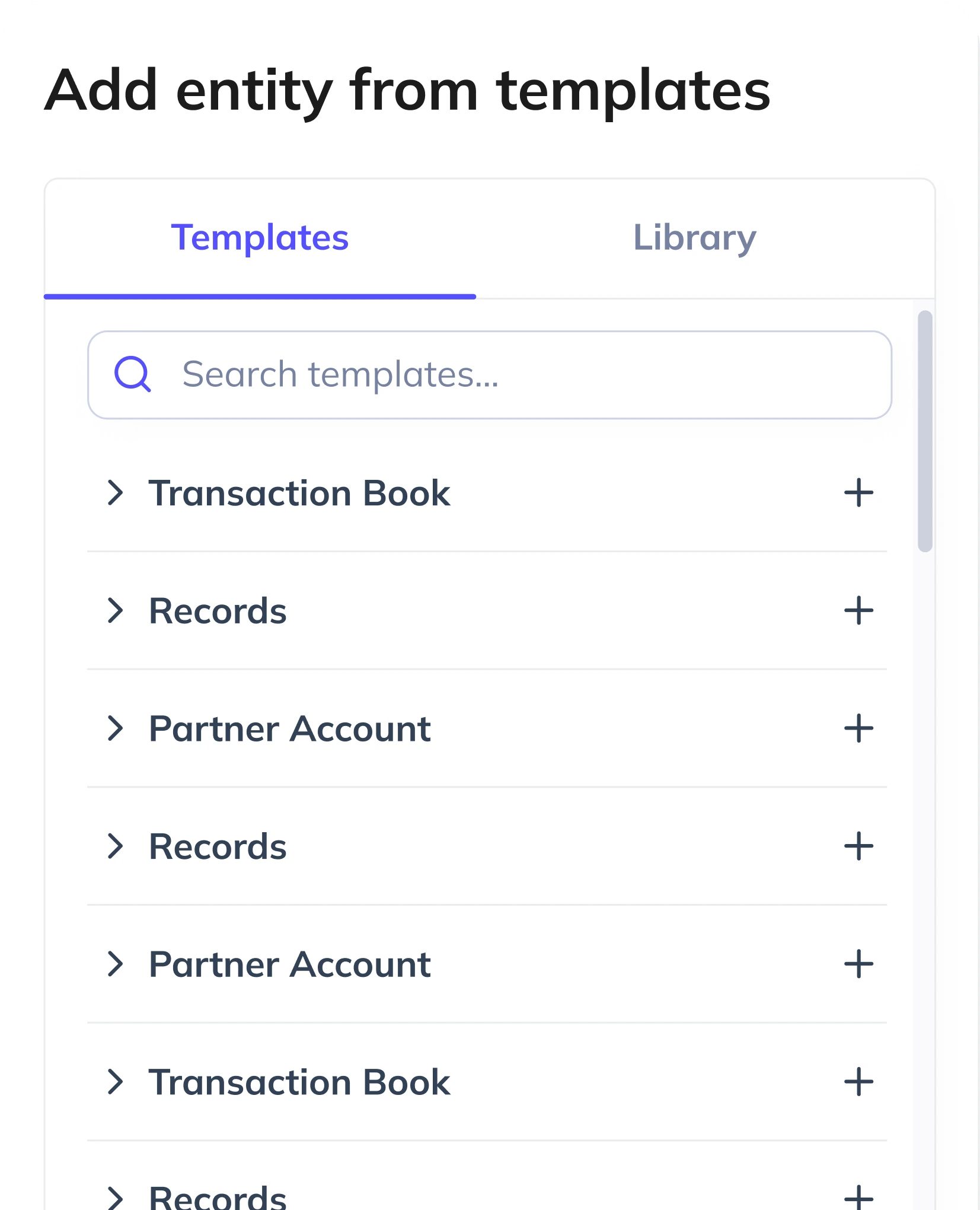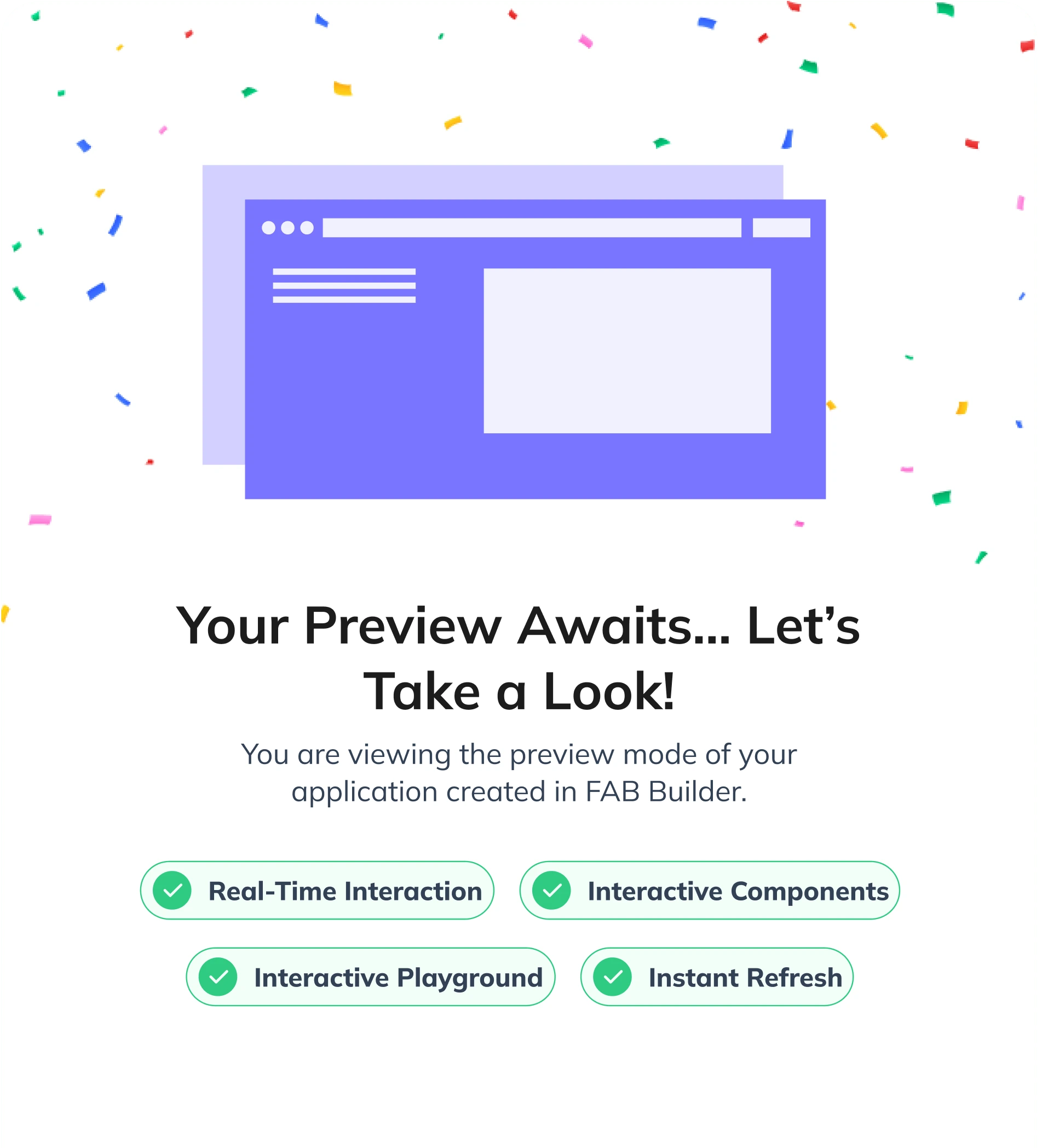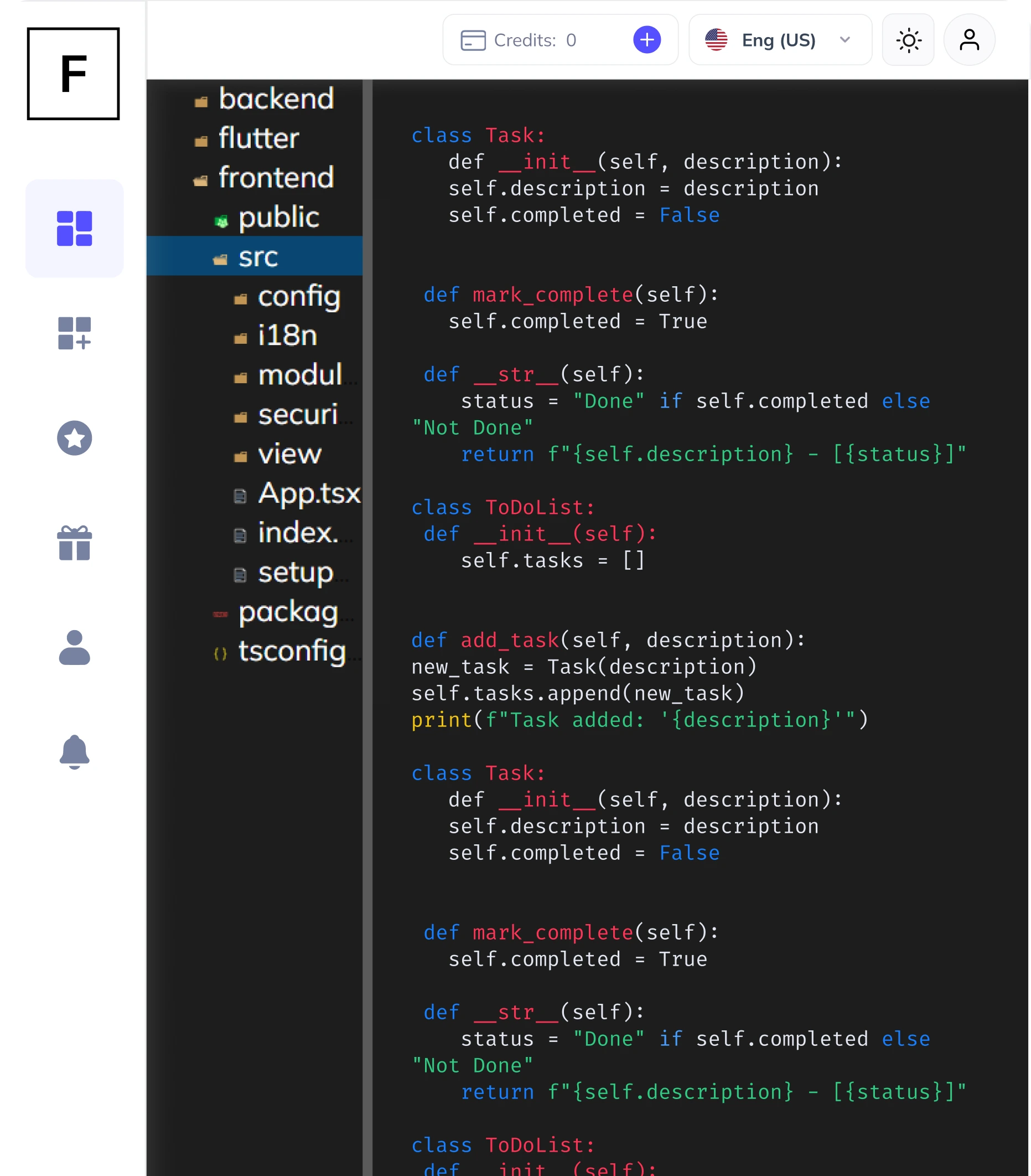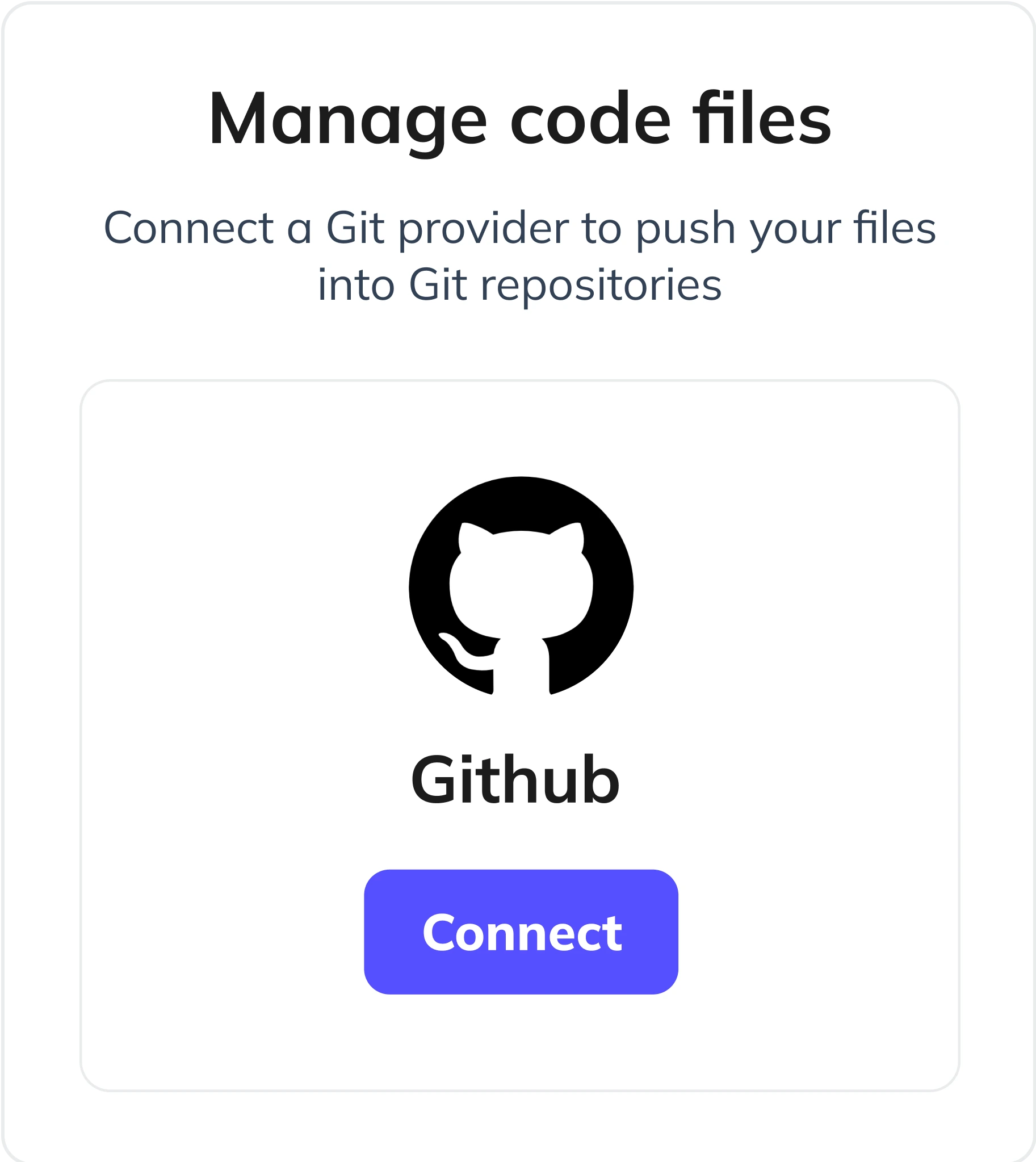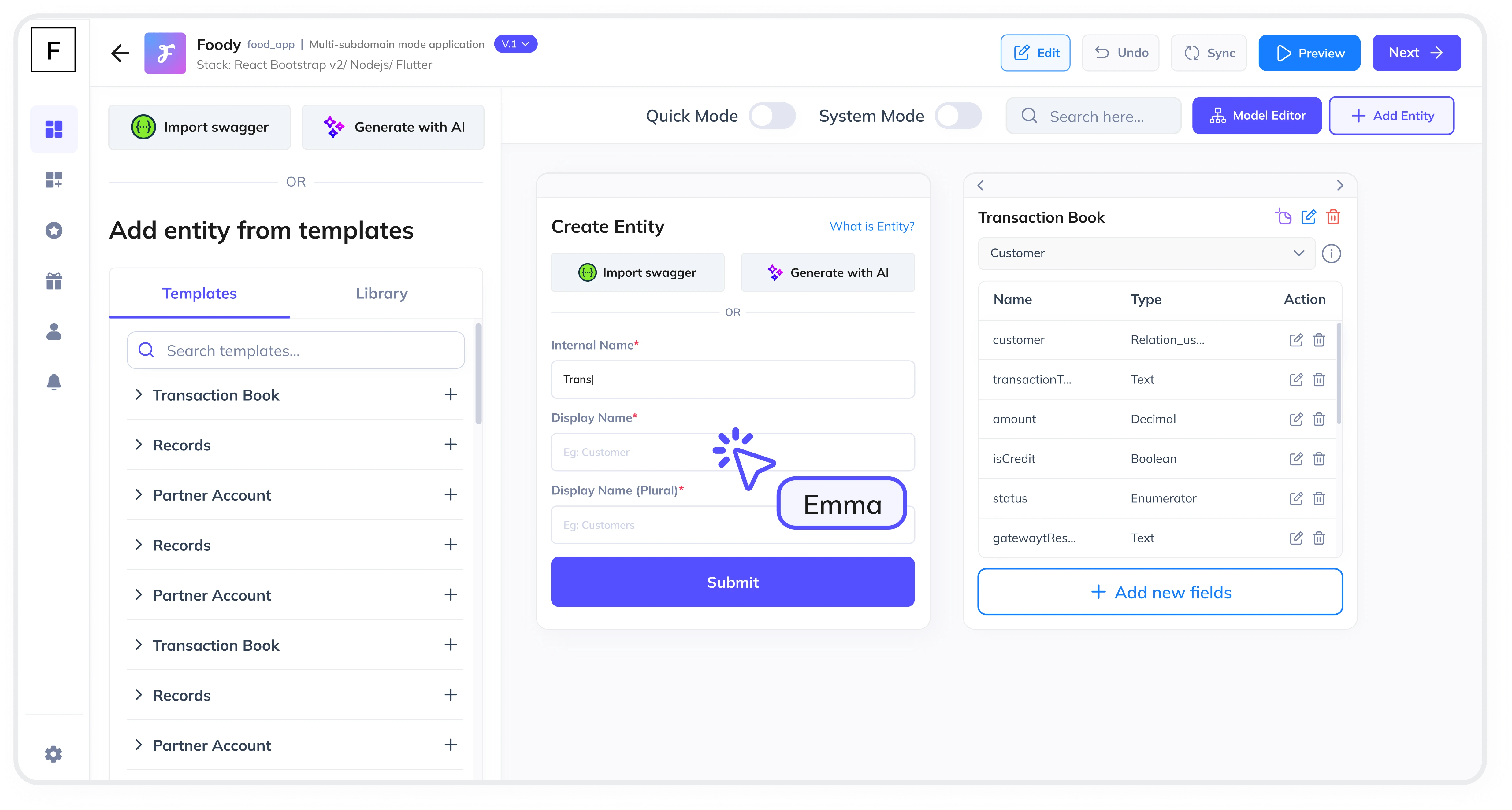Summarize and analyze this article with:
In today's fast-paced business environment, tracking employee performance is crucial for organizational success. A Performance Tracking Module in Human Resources Management (HRM) helps evaluate employee productivity, set goals, and align individual performance with organizational objectives. In this guide, we'll walk you through the steps to create a robust Performance Tracking Module for HRM, and how tools like FAB Builder can simplify the process.
Why Performance Tracking is Essential for HRM
Performance tracking allows HR teams to:
- Monitor employee productivity and efficiency.
- Set and track individual and team goals.
- Identify skill gaps and training needs.
- Provide data-driven feedback for performance reviews.
- Align employee performance with business objectives.
Step 1: Define Your Requirements
Before diving into development, outline the key features and functionalities of your Performance Tracking Module. Consider:
- Goal Setting: Allow managers and employees to set SMART (Specific, Measurable, Achievable, Relevant, Time-bound) goals.
- Performance Metrics: Define KPIs (Key Performance Indicators) to measure productivity, such as task completion rates, sales targets, or customer satisfaction scores.
- Feedback Mechanism: Enable real-time feedback and periodic performance reviews.
- Reporting and Analytics: Generate detailed reports and dashboards for insights into employee performance.
- Role-Based Access: Ensure that only authorized personnel can view or edit performance data.
Step 2: Choose the Right Technology Stack
Selecting the right technology stack is critical for building a scalable and efficient Performance Tracking Module. With FAB Builder, you can leverage:
- MERN Stack: MongoDB, Express.js, React, and Node.js for full-stack development.
- MEAN Stack: MongoDB, Express.js, Angular, and Node.js for dynamic web applications.
- React with Tailwind/Bootstrap: For responsive and modern UI designs.
- Dotnet or Java: For enterprise-grade applications.
FAB Builder's flexibility allows you to switch between tech stacks at any stage, ensuring your application evolves with your business needs.
Step 3: Design the User Interface
A user-friendly interface is essential for adoption. Focus on:
- Dashboard: Provide an overview of employee performance metrics.
- Goal Tracking: Visualize progress toward goals with charts and graphs.
- Feedback Forms: Create intuitive forms for managers and peers to provide feedback.
- Role-Based Views: Customize dashboards based on user roles (e.g., employee, manager, HR).
Step 4: Develop Core Features
Using FAB Builder, you can quickly develop and customize the following features:
- Goal Management: Allow users to create, update, and track goals.
- Performance Reviews: Schedule and conduct periodic reviews with automated reminders.
- Data Import/Export: Enable bulk data import/export via Excel for seamless data management.
- File Storage: Integrate with Google Cloud Storage, AWS S3, or other providers for secure file storage.
- Payment Gateway Integration: If your HRM application includes subscription-based services, integrate payment gateways like Stripe, RazorPay, or PayPal.
Step 5: Implement Multi-Tenant Configuration
If you're building a SaaS-based HRM application, consider implementing multi-tenant configurations. This allows you to:
- Serve multiple clients (tenants) from a single application instance.
- Customize features and branding for each tenant.
- Offer subscription-based pricing models for B2B customers.
With FAB Builder, you can easily configure multi-tenant setups, ensuring scalability and flexibility for your SaaS application.
Step 6: Test and Deploy
Before launching, thoroughly test your Performance Tracking Module for:
- Functionality: Ensure all features work as intended.
- Performance: Optimize for speed and scalability.
- Security: Implement role-based access controls and data encryption.
Once tested, deploy your application to the cloud with a single click using FAB Builder's managed hosting services for AWS, GCP, or Azure.
Step 7: Monitor and Improve
After deployment, continuously monitor the application's performance and gather user feedback. Use analytics to identify areas for improvement and roll out updates as needed.

Why Choose FAB Builder for HRM Application Development?
FAB Builder simplifies the development of HRM applications with:
- AI-assisted entity creation for faster development.
- Full source code ownership and customization.
- Support for multiple tech stacks and cloud providers.
- Scalable multi-tenant configurations for SaaS applications.
Whether you're building an MVP or a production-ready application, FAB Builder empowers you to create innovative, secure, and scalable HRM solutions.
Conclusion
Creating a Performance Tracking Module for HRM is a strategic investment in your organization's success. By following this step-by-step guide and leveraging FAB Builder, you can build a robust, customizable, and scalable HRM application tailored to your business needs.
Start your journey today and transform how you manage employee performance!






